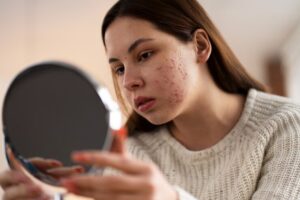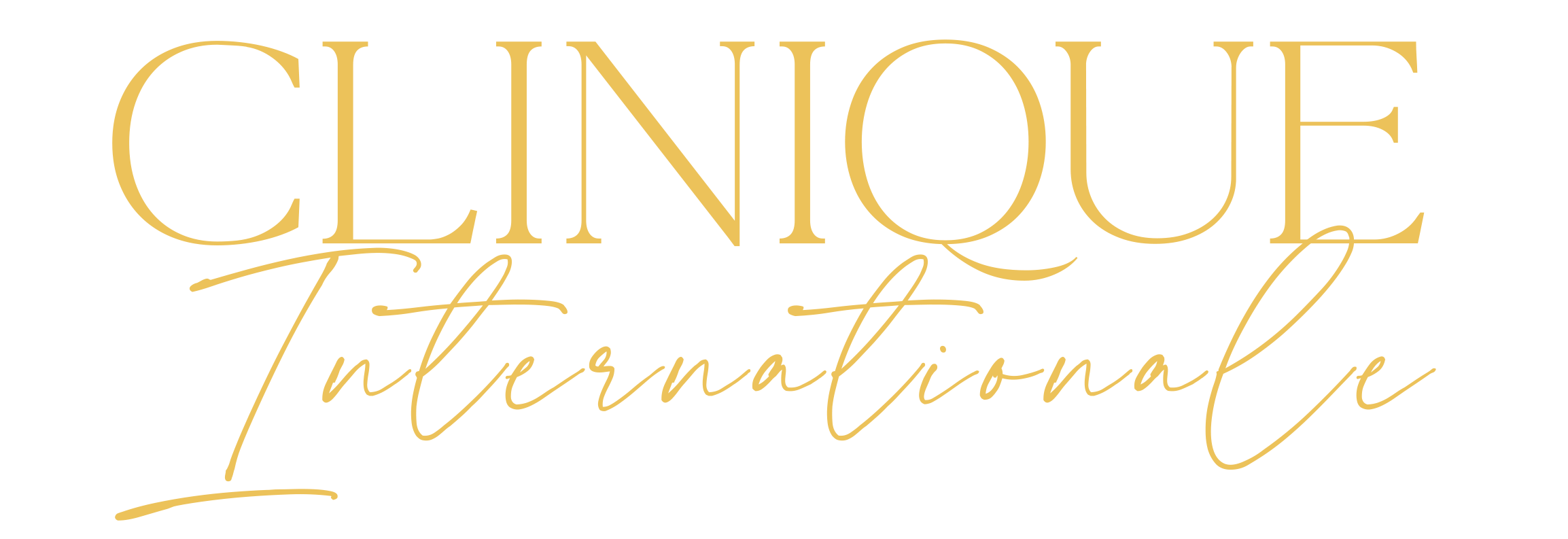Acne scar treatment refers to medical and cosmetic procedures designed to reduce or eliminate the appearance of scars left behind by acne. The choice of Acne Scar Treatment depends on the type and severity of the scars, skin type, and individual preferences. Acne scars can be broadly categorized into atrophic scars (depressed scars), hypertrophic scars (raised scars), and post-inflammatory hyperpigmentation (PIH), which is not technically a scar but discoloration that occurs after acne heals.

Cost of Acne Scar Treatment in Koperkhairne
At Clinique Internationale, the cost of Acne Scar Treatment in Koperkhairne starts from ₹3,000 per session. The clinic offers various treatments to help reduce the appearance of acne scars, including chemical peels, laser treatments, and microdermabrasion. The cost can vary based on the type of treatment chosen and the severity of the scars. Each session is designed to improve skin texture and promote healing.
It’s important to consult with the clinic specialist to get a personalized treatment plan based on your skin type and needs. The clinic’s professional team ensures a comfortable and effective treatment experience for optimal results.
What are acne scars?
Acne scars are permanent marks or indentations left on the skin after severe acne heals. They form when the skin’s healing process is disrupted, either due to loss of tissue (atrophic scars like ice-pick, boxcar, and rolling scars) or excess tissue production (hypertrophic and keloid scars). Acne scars can also include post-inflammatory hyperpigmentation, which appears as dark spots but isn’t a true scar. Effective treatments, including lasers, microneedling, and chemical peels, can improve their appearance over time.
Common Types of Acne Scar Treatments
- Topical Treatments
- Retinoids: Help improve skin texture and promote cell turnover.
- Silicone gels/sheets: Effective for hypertrophic scars.
- Skin-lightening agents: For PIH, ingredients like kojic acid, vitamin C, and hydroquinone can reduce pigmentation.
- Chemical Peels
- Removes the top layer of skin to reduce the appearance of shallow scars and pigmentation.
- Types include glycolic acid, salicylic acid, and trichloroacetic acid (TCA) peels.
- Microdermabrasion and Dermabrasion
- Microdermabrasion: A less invasive technique that removes the outermost layer of skin.
- Dermabrasion: More intensive, using a rotating tool to deeply exfoliate the skin, suitable for deeper scars.
- Microneedling
- A device with fine needles creates tiny punctures in the skin, stimulating collagen production and improving the appearance of scars over time.
- Laser Treatments
- Ablative lasers: Resurface the skin by removing outer layers (e.g., CO2 or Erbium lasers).
- Non-ablative lasers: Stimulate collagen production without removing skin (e.g., fractional lasers).
- Pulsed Dye Laser (PDL): Targets redness associated with scars.
- Dermal Fillers
- Injectable fillers (like hyaluronic acid) can fill in depressed scars, providing immediate improvement.
What is acne?
Acne is a common skin condition that occurs when hair follicles become clogged with oil (sebum), dead skin cells, and bacteria. It typically appears as pimples, blackheads, whiteheads, or cysts on the face, chest, back, or shoulders. Acne is most common during adolescence due to hormonal changes that increase sebum production but can affect people of all ages.
Types of Acne
- Whiteheads: Small, white bumps that form when pores are clogged with oil and dead skin cells.
- Blackheads: Open pores clogged with oil and dead skin, which turn black when exposed to air.
- Papules: Small, red, inflamed bumps without pus.
- Pustules: Red, inflamed bumps with a white or yellow center filled with pus.
- Nodules: Large, painful lumps deep under the skin.
- Cysts: Deep, painful, pus-filled lumps that can cause scarring
Choosing the Right Treatment
The best treatment depends on:
- Type of scars: For example, microneedling or laser treatments are ideal for atrophic scars, while steroid injections work for hypertrophic scars.
- Skin type: Darker skin tones may need gentler treatments to avoid hyperpigmentation.
- Budget and downtime: Advanced treatments like lasers and RF can be expensive and may require recovery time.
